Re:View - Vol. 3
Because the algorithm won’t show you this stuff.
Here comes the next issue—a mix of things I’ve found in the corners of the internet that inspired me or something I stumbled upon in real life. From obscure websites, books and overlooked design artifacts to thoughts on how to stay cozy at home. This installment has a bit of all that—and maybe something more.

Design Quarterly #133 & April Greiman
Design Quarterly was a highly influential publication produced by the Walker Art Center in Minneapolis from 1954 to 1996, exploring design, architecture, and visual culture.
In 1986, Robert Jensen and Mildred Friedman invited designer April Greiman to guest author issue #133: Does It MakeSense?, showcasing her innovative career. This issue became iconic for its experimental approach and focus on emerging digital technologies. Instead of a standard bound magazine, Greiman transformed the issue into a folded, double-sided poster measuring two feet by six feet. The poster featured one of the first all-digital collages featuring a life-sized self-portrait surrounded by video captures, digital photos, bitmapped type, and illustrations. Using early design software like MacDraw, she utilized all 32 pages of Design Quarterly to make up the total image.
Recently, MoMA in New York added this legendary issue to its design collection, and I had the chance to see it in person a few weeks ago.
If you’re curious to learn more about April Greiman, Readymag has an entire issue dedicated to her work.
Yuichi Yokoyama
I’m a huge fan of Yuichi Yokoyama (横山裕一), the contemporary Japanese manga artist and painter known for his avant-garde, highly stylized comics packed with motion and surreal storytelling. His work has been a major inspiration to me for years—even though I wouldn’t call myself a typical manga fan. I own a few of his books, but I always feel a twinge of envy when I see a certain Reddit user who claims to have collected every book he’s ever published.
Last year, I was browsing a Japanese shop in Brooklyn when I spotted a used copy of "New Engineering"—a book I’d always wanted. The store doesn’t even sell books, just various home goods from Japan, but it seems like the owner (or someone else) occasionally brings in used magazines and art books from their collection. The price was fair, about the same as what you’d find on eBay, so I picked it up to check its condition.
To by astonishment,. hidden on the back of the dust jacket was a massive signature and illustration by Yuichi Yokoyama himself! It was clear the store employees hadn’t noticed, as the book was priced just like the unsigned ones. I took it straight to the register, paid for it, and only then asked if they realized it was signed by the artist. They were just as shocked as I was—but by then, it was too late. The book was mine!
xiachengan.com
Portfolio by designer XiaChengan (夏诚安) It's just so intense! 🤩 xiachengan.com
Hanten and the art of staying cozy
I’m an absolute sucker for warm clothing. The moment I see something padded or quilted, I want it. I’m usually freezing when everyone else is totally fine. And every time I see an old man in Barcelona wearing a wool jacket in the middle of summer, I think, “Yep, that’ll be me one day.”
Until recently, I had no idea how I’d lived my whole life without knowing what a hanten is. Last year in Tokyo, I went to a suburb to photograph a specific building and stumbled upon a regular home goods store selling blankets, bed sheets, and pillows. On the storefront, they had what looked like a warm, padded kimono. A second later, I was inside, trying one on and attempting to communicate with a lovely store owner who spoke no English.
A hanten is a traditional Japanese jacket, padded and made of durable cotton, perfect for staying warm during colder seasons. They often feature simple patterns and were historically worn by commoners for daily work and warmth. Over time, they’ve become a casual, practical, and versatile garment.
Naturally, I bought one immediately. It took up half my luggage, but I dragged it back to New York. Now, I basically live in it until full-on spring. It’s so worn out now that this year, my friends gifted me a new one for my birthday 😘. So yes, I now have a backup for holidays and special occasions.
If you’re someone who always craves coziness—or you know someone who does—a hanten makes for a gift they’ll cherish for a lifetime.
Here’s the link if you want to read about it more
Public Domain Assets
I’ve noticed a growing trend among designers finding beauty in public domain images. Last year, I came across an art book entirely composed of license-free images from the public domain. On one hand, the visuals were undeniably beautiful; on the other, I couldn’t help but think, “Well, that’s a clever way to make money on an art book without paying any artists for their work.”
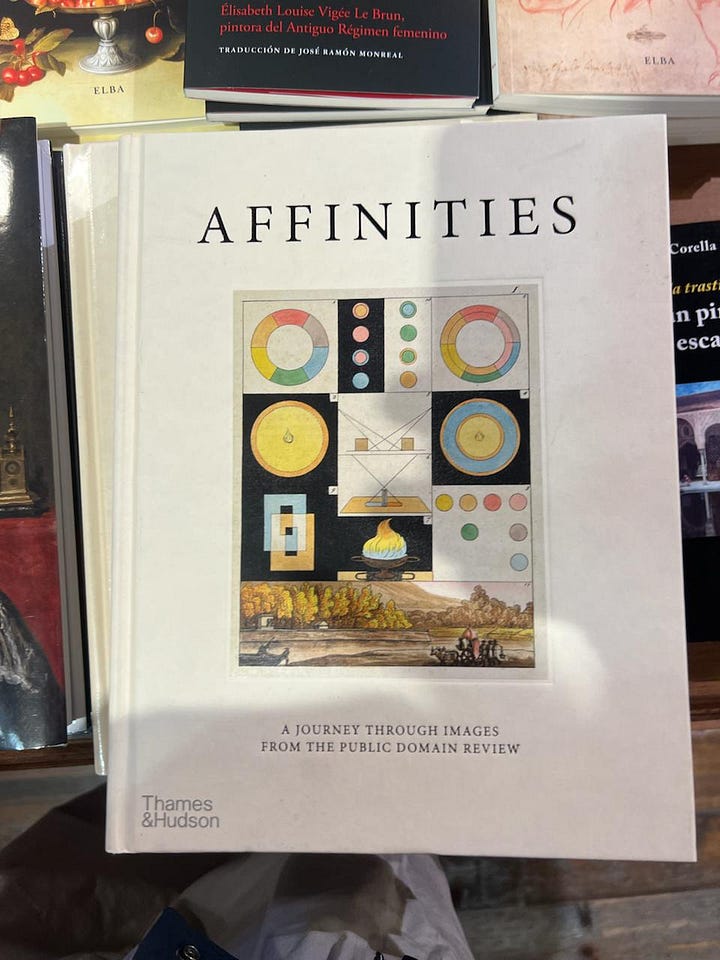
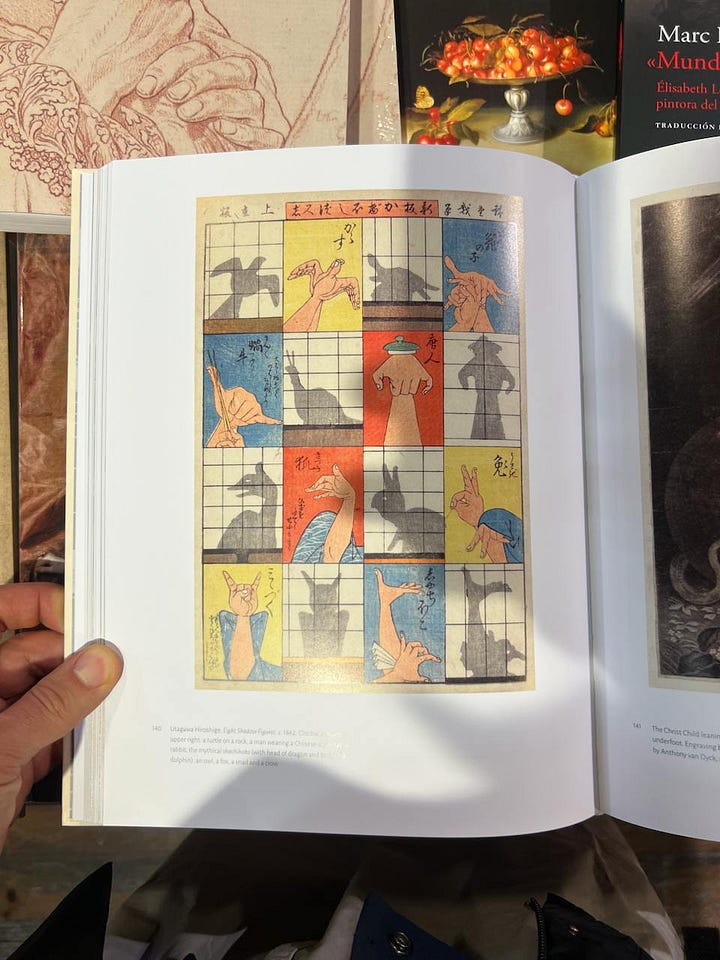
Recently, I stumbled upon public.work—a site that lets you browse hundreds of thousands of public domain images from sources like The Met and the New York Public Library. It’s well-designed and quite useful. But don’t be fooled 😉—it seems to be a clever promo for yet another mood board creation platform, similar to are.na or sevee.it.
The Bic Cristal 1991 Update
We’ve all seen this pen a billion times. The Bic Cristal is an inexpensive, disposable ballpoint pen—and one of the masterpieces of modern design. Originally created by inventor Marcel Bich in 1950, it went on to become the best-selling pen in history.
But there was one major design update that happened in 1991. The cap’s streamlined design was changed by adding a small hole to the tip. It was done to reduce the risk of suffocation if swallowed. 🙄
This New Yorker cartoon offers a glimpse of reality.

But despite how many meetings you had this week, you can always subscribe to future posts from this corner of the internet.


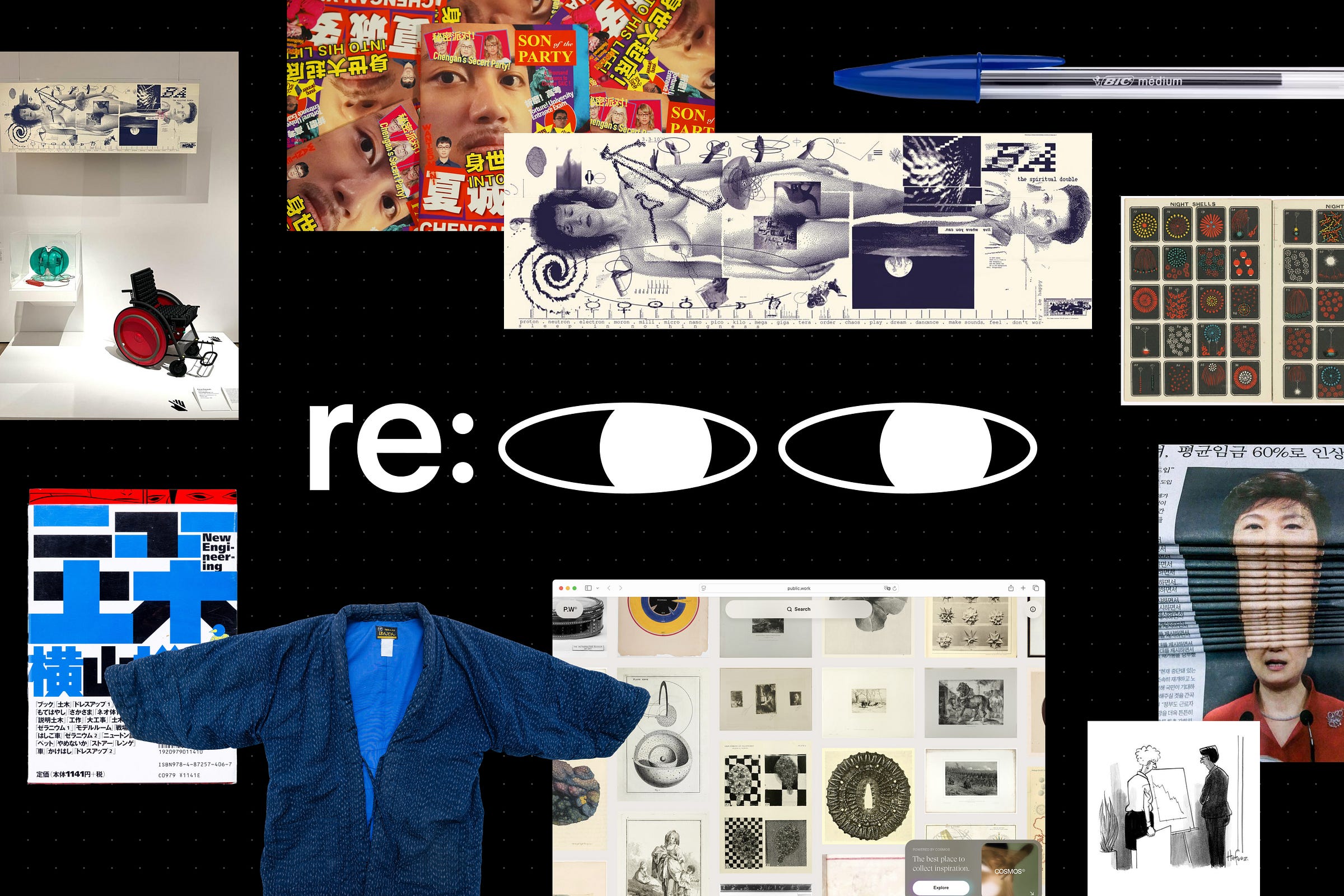


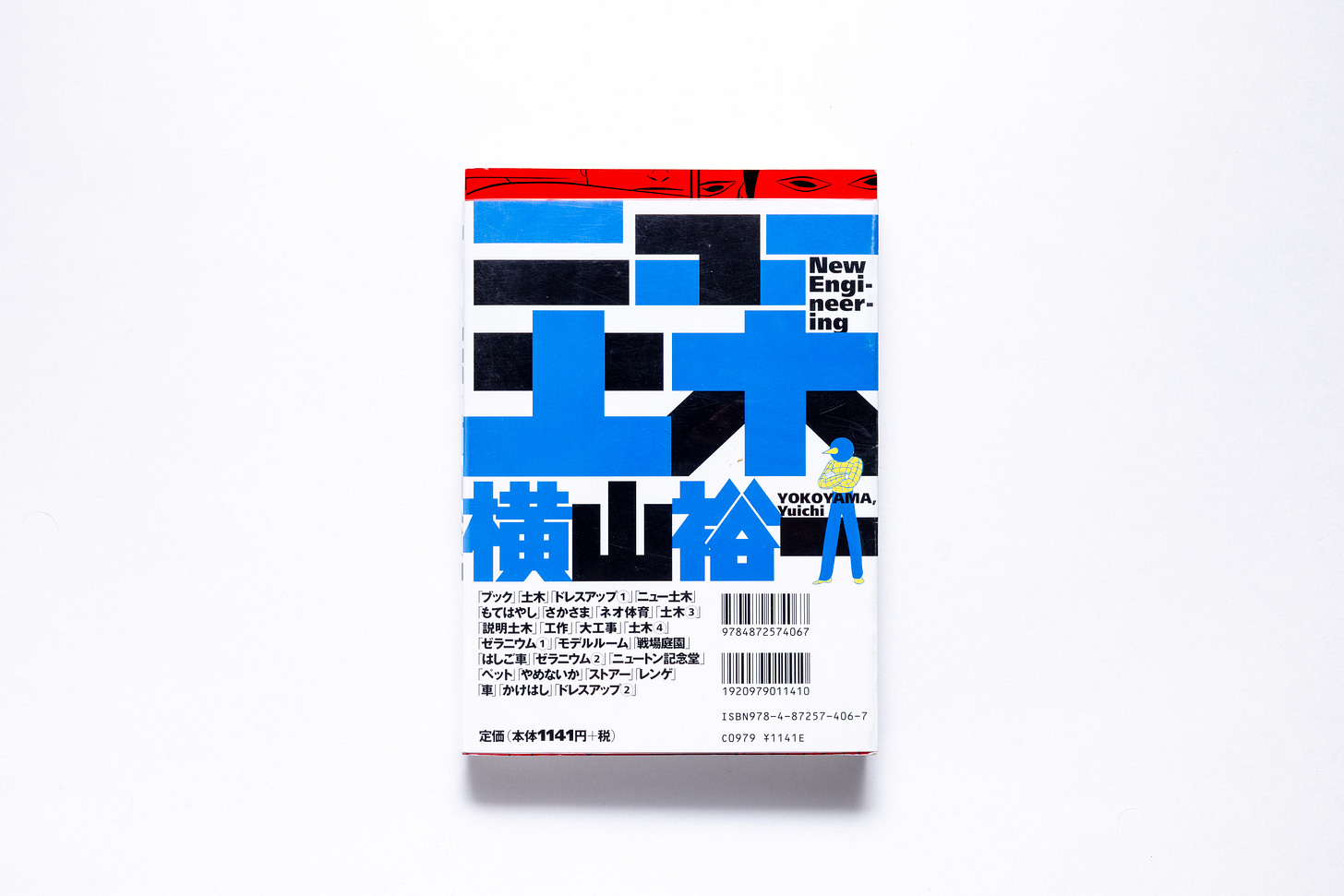

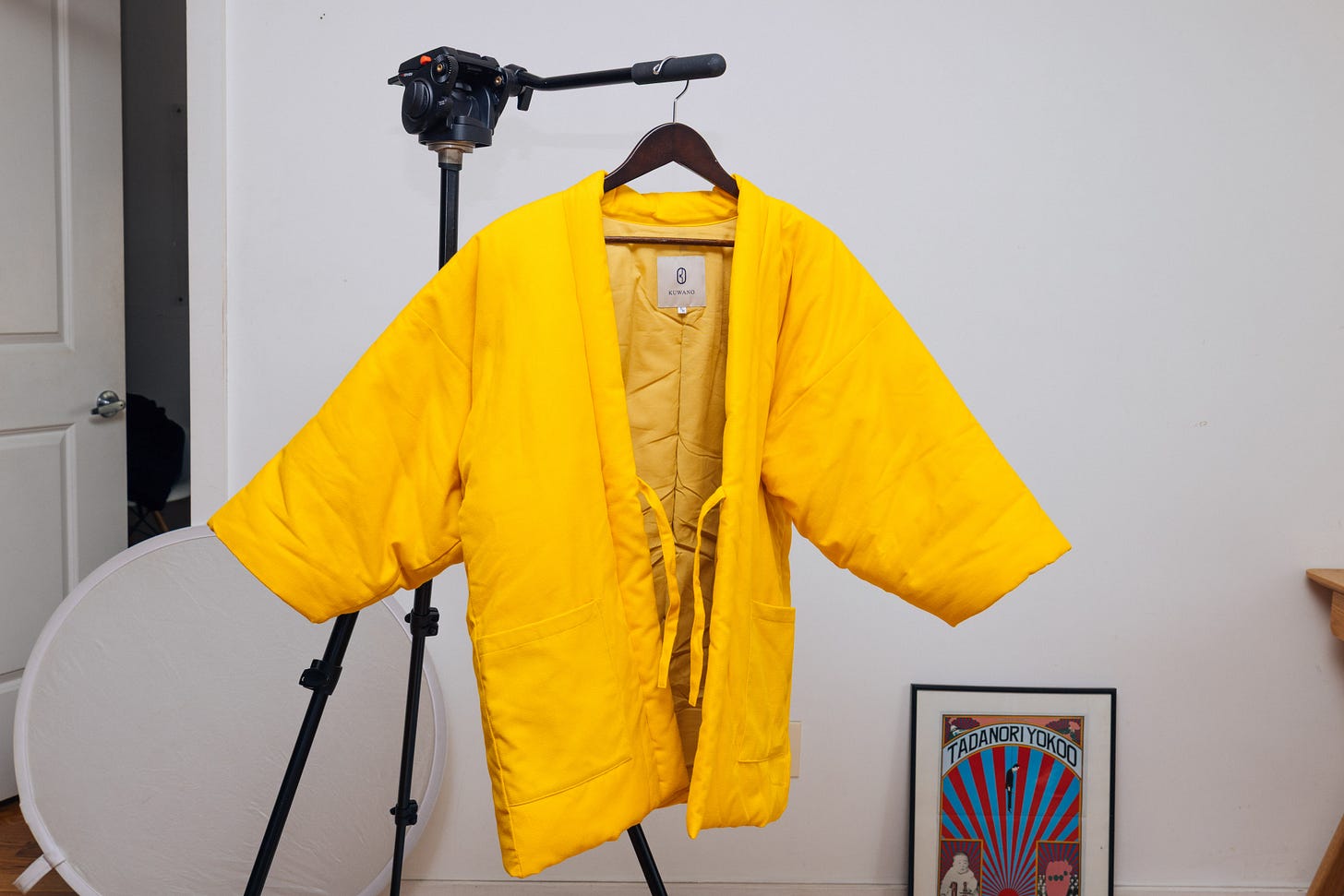
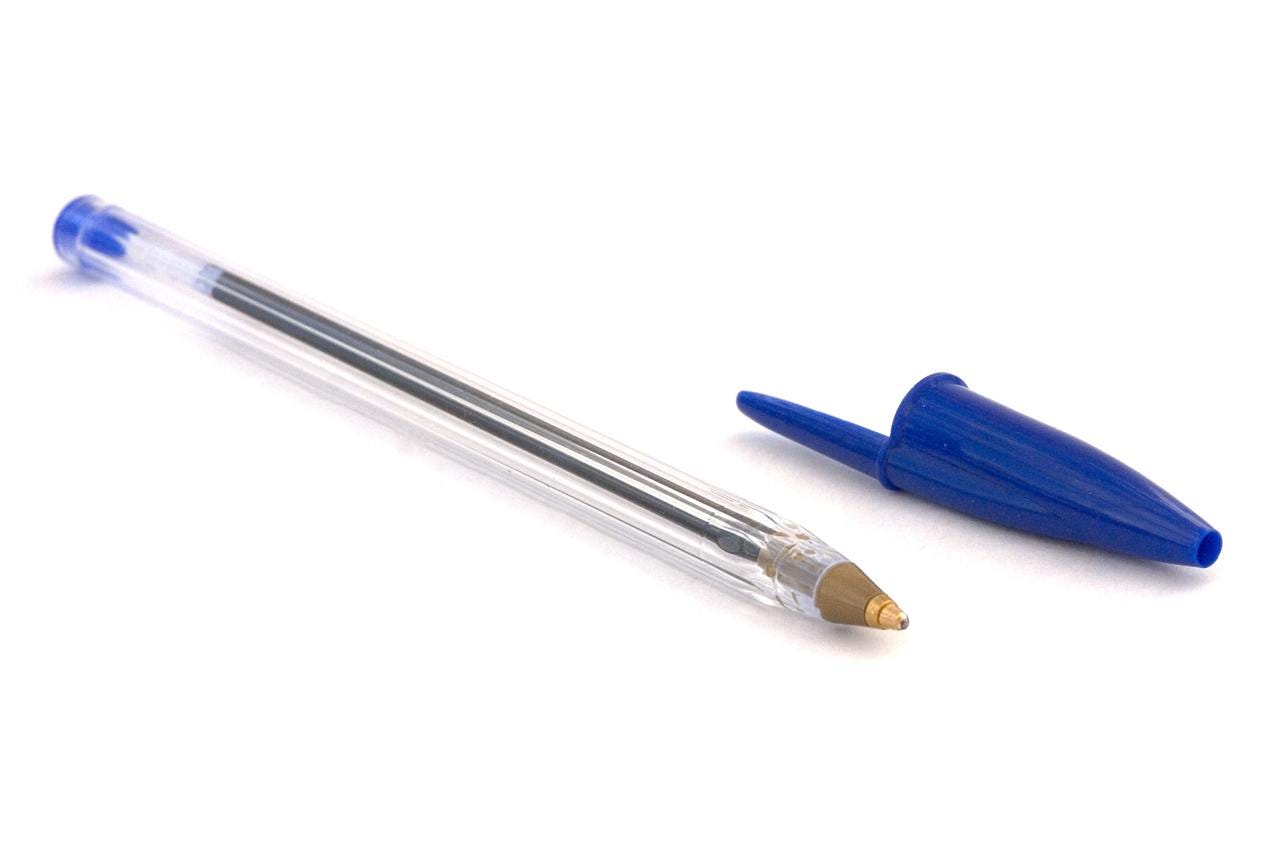
Shout out crystal ball pens. Never going to let you down, never going to impress you much.